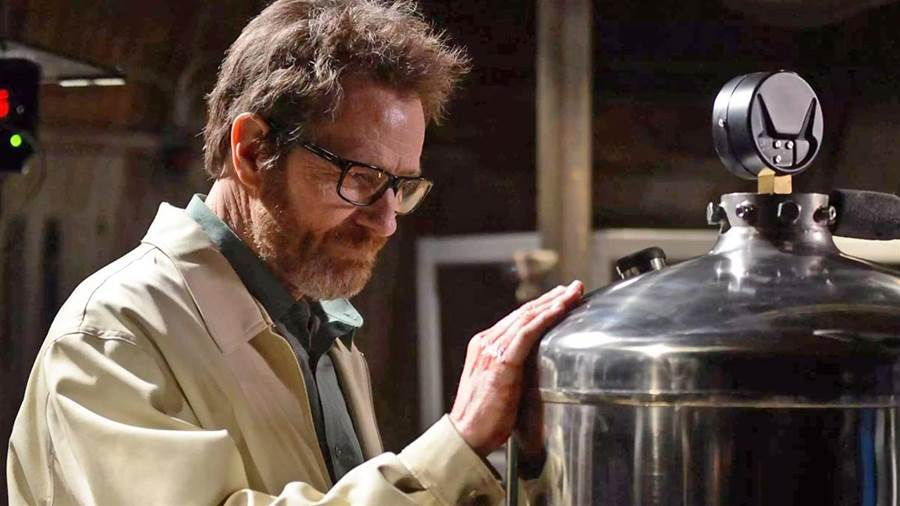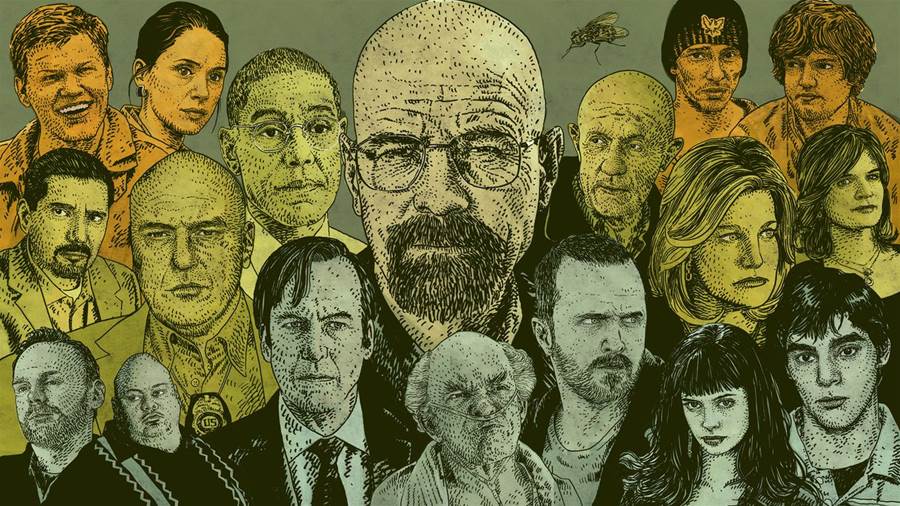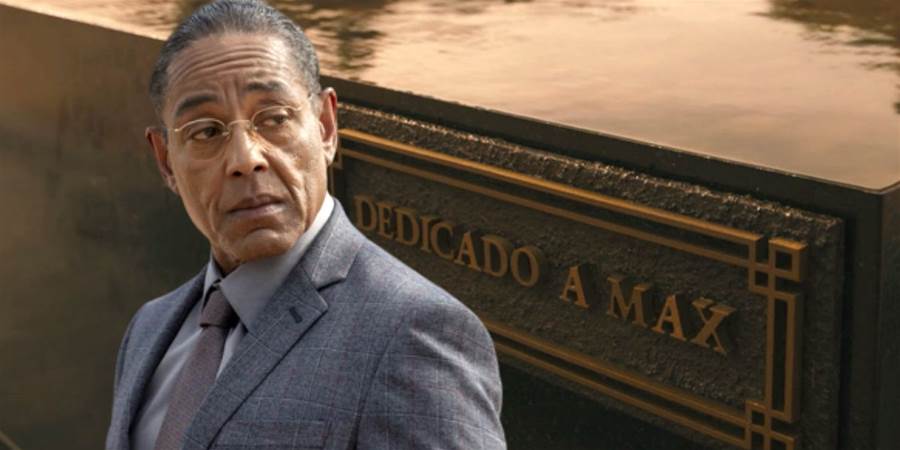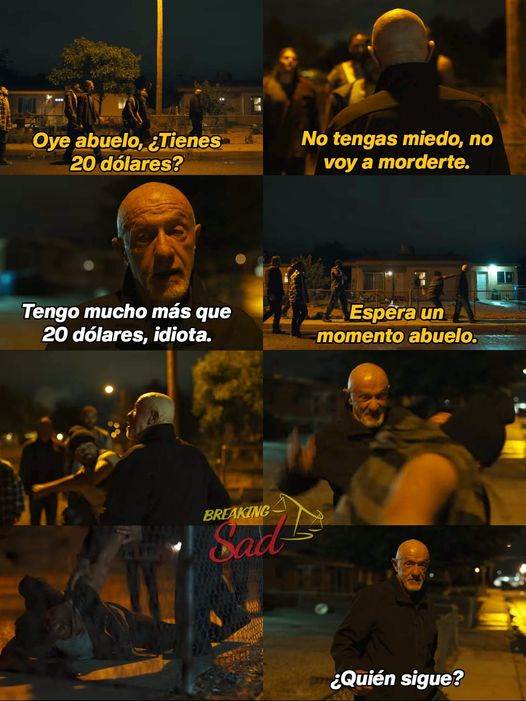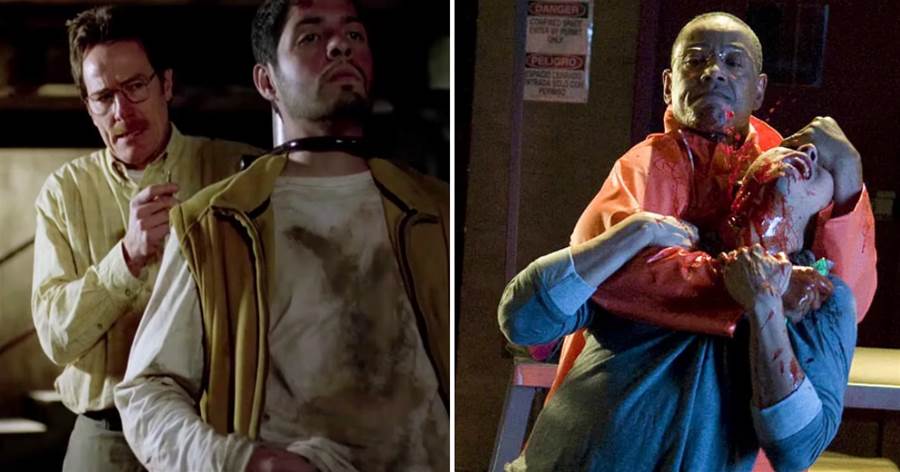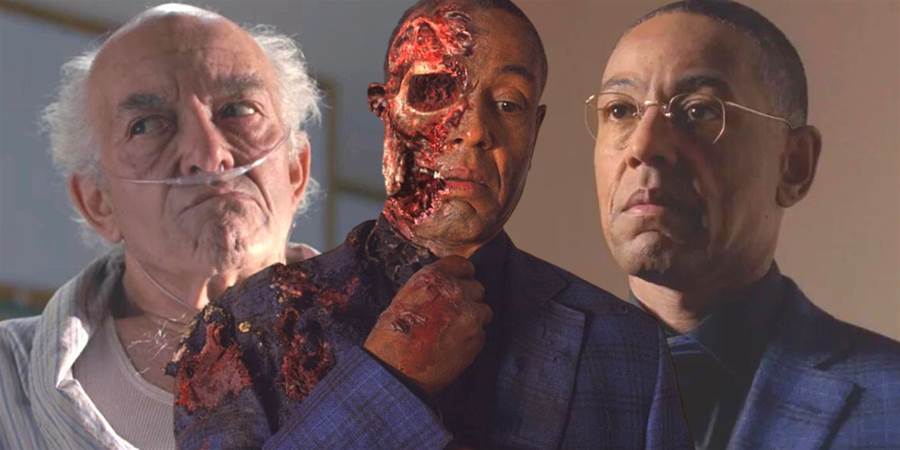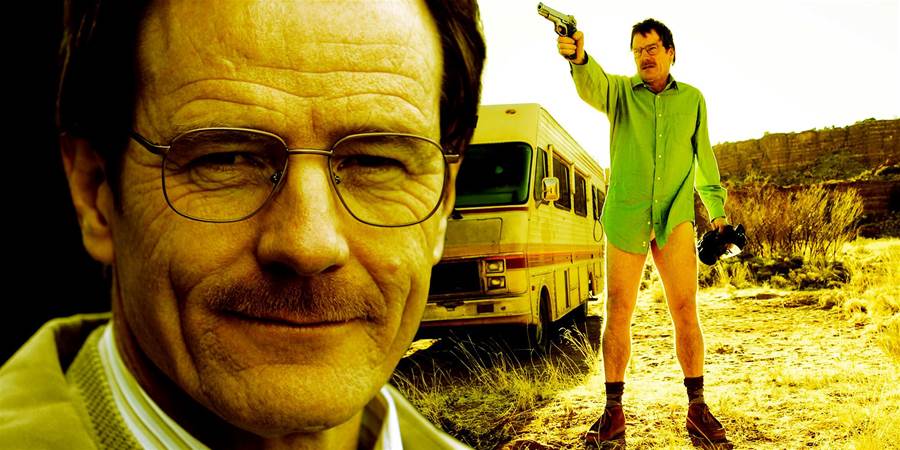
The searing sun, the endless expanse of sand, the stark beauty of rock formations – the desert in Breaking Bad isn't just a backdrop, it's a character in itself. It's a harsh, unforgiving environment that mirrors the moral descent of Walter White, a man who transforms from a meek chemistry teacher to a ruthless drug lord.
A Landscape of Unpredictability
The desert represents a place where anything can happen. It's a lawless zone where the rules of society don't apply. This sense of unpredictability is highlighted in scenes like Hank's discovery of Tortuga's severed head, a gruesome reminder of the cartel's brutality.
The desert is also where Walt and Jesse intimidate Saul, a darkly comedic sequence that establishes the power dynamics of their world.
From Reluctant Partners to Unhealthy Bond
The desert also becomes a stage for the complex relationship between Walt and Jesse. In one pivotal scene, Walt encourages Jesse to start over, a rare moment of vulnerability where their unhealthy bond resembles that of a father and son. However, the desert's starkness also underscores the hollowness of their connection, built on lies and manipulation.
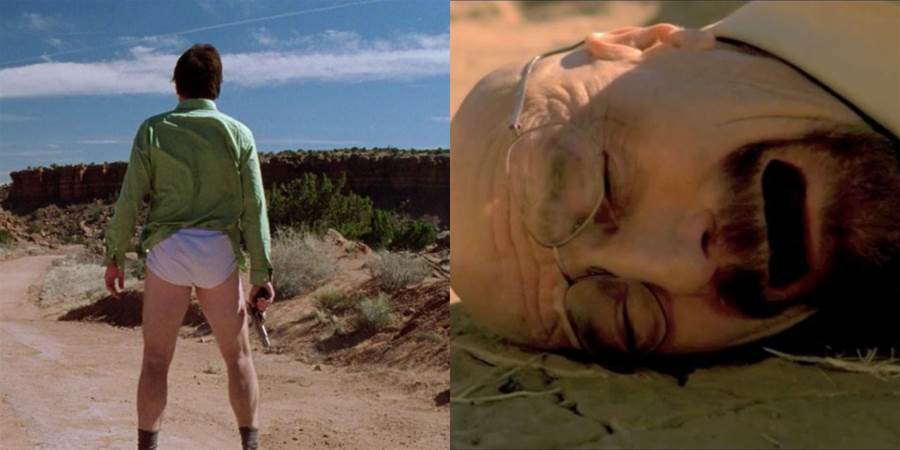
The Showdown with Gus Fring
Gus Fring, the calculating and menacing antagonist, uses the desert as his personal boardroom.
The article is not finished. Click on the next page to continue.
The article is not finished. Click on the next page to continue.
Next page